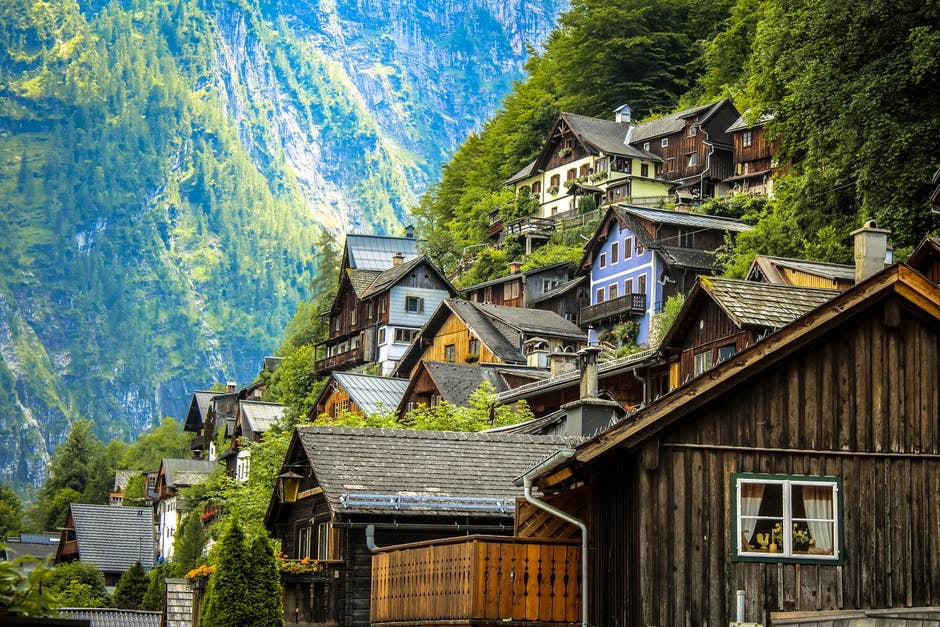
Are you planning on building a home in the mountains? Owning a home is a major milestone in life.
Living in the mountains gives you the chance to enjoy the view of majestic rocky peaks and expansive forestlands. Besides, during summer, the temperatures in the mountains are milder.
However, building a home in the mountains comes along with certain challenges. If you are not keen when selecting the lot and design of your home, you might not get a return on your investment.
Before laying the first brick, there are certain things you need to consider. Let’s be honest: most people focus on a budget only when building houses in the mountains.
If you are one of them, you might have to abandon your dream home due to a lack of functionality. So, do you know the factors to consider when building a mountain home? If not, worry no more.
Here is a comprehensive guide on what to know when building a home in the mountains.
Pay Attention to Utilities
When building a home in the mountains, utilities is a key element to focus on.
Water
The first utility to focus on is the water. You must understand whether you will get your water from a community system or the city.
Whether you get your water from the city or community, you need to know how much tap fee you will be paying. If no tap water is available, you need to assess whether you will be permitted to use well water.
In some areas, well water is mainly limited for house use purposes. This means you cannot use the water in watering your lawn or other outdoor activities.
Electricity
Before building homes in the mountains, this is the other utility to pay attention to. You need to find out whether electricity is already available in your street.
If the electricity has already been run, you will still need to pay some fees. But if it’s not yet available, you need to be prepared to meet the cost of bringing it to your property.
It’s also essential you enquire how long it will take to have the electricity brought to your property. It would be unfortunate for you to stay in a home mountain for months without electricity.
If it takes some time before electricity is brought into your property, you can reschedule the building process.
Sewer
The sewer is another essential utility to assess before building a home in the mountains. It would help to find out whether a community sewer system is available. If there is no one, you will need to put up a septic tank.
If there is a community sewer, find out the amount you have to pay to be connected to it. In most cases, the connection fee will depend on the number of rooms, bathrooms, and other factors.
If putting up a septic system is the only option, find out whether the land will hold its weight and requirements. By carrying out a percolation test, you can determine how faster the land absorbs water.
This way, you will know the right septic design you should adopt for your land.
Gas
The availability of natural gas is the other element to focus on before building a mountain home. If natural gas is available, you should assess the fee you pay per month.
If natural gas is not available, you should find out whether propane can be delivered to your home.
Topography and Soils
The topography and type of soil available can significantly influence the design and the cost of building a mountain home.
If you are after enjoying treasured mountain views, you must understand they go in hand with steep sites. Extensive excavation and fill may be required to achieve steep sites.
If the builder encounters hard rock formations during the excavation process, adjustments must be made. Such adjustment could delay and increase the cost of the project.
It’s better to make the right preparations to avoid such a scenario. You should carry out a soil test to understand the kind of challenges to expect.
However, despite how much you prepare, unknown challenges might still arise. Therefore, it is always important to have contingency funds when building a mountain home.
Such funds will cater to any unexpected changes in the building project.
Natural Resource Rights
Natural resource rights are laws and regulations that affect how you utilize resources. These resources include water, timber, minerals, among others.
If you violate natural resources rights, you might have to face legal consequences. Thus, before building a home in the mountains, find out if third parties hold rights to any natural resources.
Natural resources rights are usually more challenging to comprehend. Hence, before building a home in the mountains, educate yourself about the rights.
Otherwise, the wrong use of natural resources such as water streams might be a source of conflict with your neighbors. This could quickly end up in a legal battle.
Property Access
When building a countryside farmhouse in the mountains, you need to determine how accessible the home shall be. You must find out whether a county or private road leads to the property.
If a road is available, find out how it’s maintained, especially during winter. The maintenance of private roads falls under the responsibility of the homeowners association. But for the county, roads are maintained by the county.
However, don’t be surprised to come across county roads that nobody plows. If you end up in areas where roads are poorly maintained, accessing your home, especially during winter, might be challenging.
This Is What You Need to Know When Building a Home in the Mountains
Building a home in the mountains gives you the chance to enjoy the appealing views of rocky peaks and extensive forestland. However, it would help if you made the right preparations to get a return on your investment.
Are you thinking of building a home and don’t the right style to stick to? At Budingen Architecture, we got you covered.
We turn your dream of owning a beautiful home into a reality.
Contact us today for all your architectural needs.


